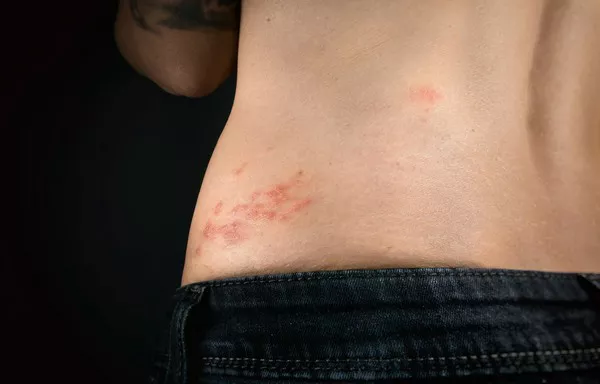Postherpetic neuralgia (PHN) typically does not resolve completely on its own and requires intervention through medication, physical therapy, nerve blocks, and other methods to alleviate symptoms. This condition is primarily caused by viral nerve damage, persistent inflammation, abnormal nerve repair, immune response imbalances, and psychological factors.
Viral Nerve Damage
The varicella-zoster virus can cause degeneration or necrosis of nerve fibers after attacking the nerve ganglia, and this structural damage often cannot self-repair. Clinically, medications like gabapentin and pregabalin are commonly used to modulate abnormal nerve discharges, and in severe cases, opioid analgesics may be required.
Persistent Inflammatory Response
Residual virus can trigger ongoing neuritis, leading to sensitized pain perception. Nonsteroidal anti-inflammatory drugs (NSAIDs) can be effective in the early stages, while chronic cases may require local corticosteroid injections. Symptoms like skin burning or allodynia indicate peripheral nerve sensitization.
Abnormal Nerve Repair
During the regeneration of damaged nerves, axonal misgrowth and the formation of abnormal synapses can occur, manifesting as lightning-like pain or hyperalgesia. Vitamins B12 and methylcobalamin can support nerve repair but cannot reverse established pathological changes.
Immune Response Imbalance
Due to decreased immune function, middle-aged and elderly patients have reduced viral clearance capabilities and are more prone to chronic pain. The higher incidence of postherpetic pain after thoracic herpes may be related to the local immune microenvironment. Interferon regulators can be effective for some patients.
Psychological Factors
Chronic pain can lead to anxiety and depression, creating a vicious cycle of pain and negative emotions. Cognitive-behavioral therapy combined with tricyclic antidepressants can improve symptoms, while sleep disturbances can significantly exacerbate pain perception.
Management Tips
Patients should keep the affected skin clean and dry, avoiding friction and irritation. Applying cold or warm compresses can help relieve discomfort, and wearing breathable cotton clothing can reduce skin contact. A diet rich in lysine from dairy and fish, with limited refined sugar intake to prevent inflammation, is recommended. Low-intensity exercises like Tai Chi can improve circulation, but intense activities that trigger pain should be avoided. If pain persists for over three months or affects daily life, a professional evaluation by a pain specialist is necessary.
Conclusion
Postherpetic neuralgia is unlikely to resolve on its own and requires active management. By addressing the underlying causes and employing a combination of treatments, patients can effectively manage their symptoms and improve their quality of life.
Related topics:





















